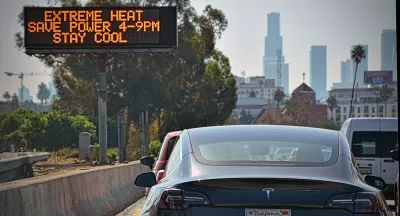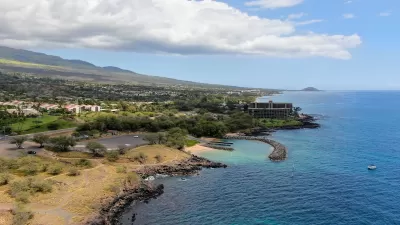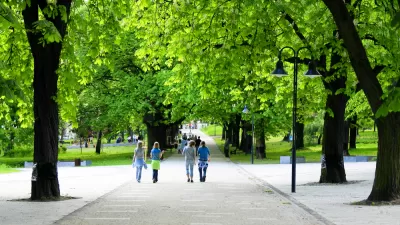By 2050, climate change will have the biggest negative impact on urban areas located in the Sun Belt.

Online insurance marketplace Policygenius evaluated the 50 largest U.S. cities to determine which will be most and least impacted by climate change by 2050. The factors analyzed included heat and humidity, flooding and sea level rise, air quality, and frequency of natural disasters such as hurricanes, tornadoes, wildfires, social vulnerability, and community resilience.
Least Impacted
- San Francisco, California
- Seattle, Washington
- Columbus, Ohio
- Minneapolis, Minnesota
- Baltimore, Maryland
- Milwaukee, Wisconsin
- Portland, Oregon
- Pittsburgh, Pennsylvania
- Richmond, Virginia
- Denver, Colorado
Most Impacted
- Houson, Texas
- Miami, Florida
- Tampa, Florida
- Jacksonville, Florida
- Orlando, Florida
- New Orleans, Louisiana
- Los Angeles, California
- Memphis, Tennessee
- Riverside, California
- Virginia Beach, Virginia
Of the cities ranked most at risk, all are located in the Sunbelt, which often tops lists of the best places to move or retire. Eight of those are located in the South, which was the only region that drew net new residents from other states in 2023, according to data from the U.S. Census Bureau. Experts are concerned this trend will leave an increasing number of people, particularly Black communities and communities of color, vulnerable to the negative impacts of climate change.
FULL STORY: Best & worst cities for climate change

Americans May Be Stuck — But Why?
Americans are moving a lot less than they once did, and that is a problem. While Yoni Applebaum, in his highly-publicized article Stuck, gets the reasons badly wrong, it's still important to ask: why are we moving so much less than before?

Using Old Oil and Gas Wells for Green Energy Storage
Penn State researchers have found that repurposing abandoned oil and gas wells for geothermal-assisted compressed-air energy storage can boost efficiency, reduce environmental risks, and support clean energy and job transitions.

Placekeeping: Setting a New Precedent for City Planners
How a preservation-based approach to redevelopment and urban design can prevent displacement and honor legacy communities.

San Francisco’s Muni Ridership Grew in 2024
The system saw its highest ridership since before the Covid-19 pandemic, but faces a severe budget shortage in the coming year.

Colorado Lawmakers Move to Protect BRT Funding
In the face of potential federal funding cuts, CDOT leaders reasserted their commitment to planned bus rapid transit projects.

Safe Streets Funding in Jeopardy
The Trump administration is specifically targeting bike infrastructure and other road safety projects in its funding cuts.
Urban Design for Planners 1: Software Tools
This six-course series explores essential urban design concepts using open source software and equips planners with the tools they need to participate fully in the urban design process.
Planning for Universal Design
Learn the tools for implementing Universal Design in planning regulations.
Heyer Gruel & Associates PA
City of Moreno Valley
Institute for Housing and Urban Development Studies (IHS)
City of Grandview
Harvard GSD Executive Education
Salt Lake City
NYU Wagner Graduate School of Public Service
City of Cambridge, Maryland





























